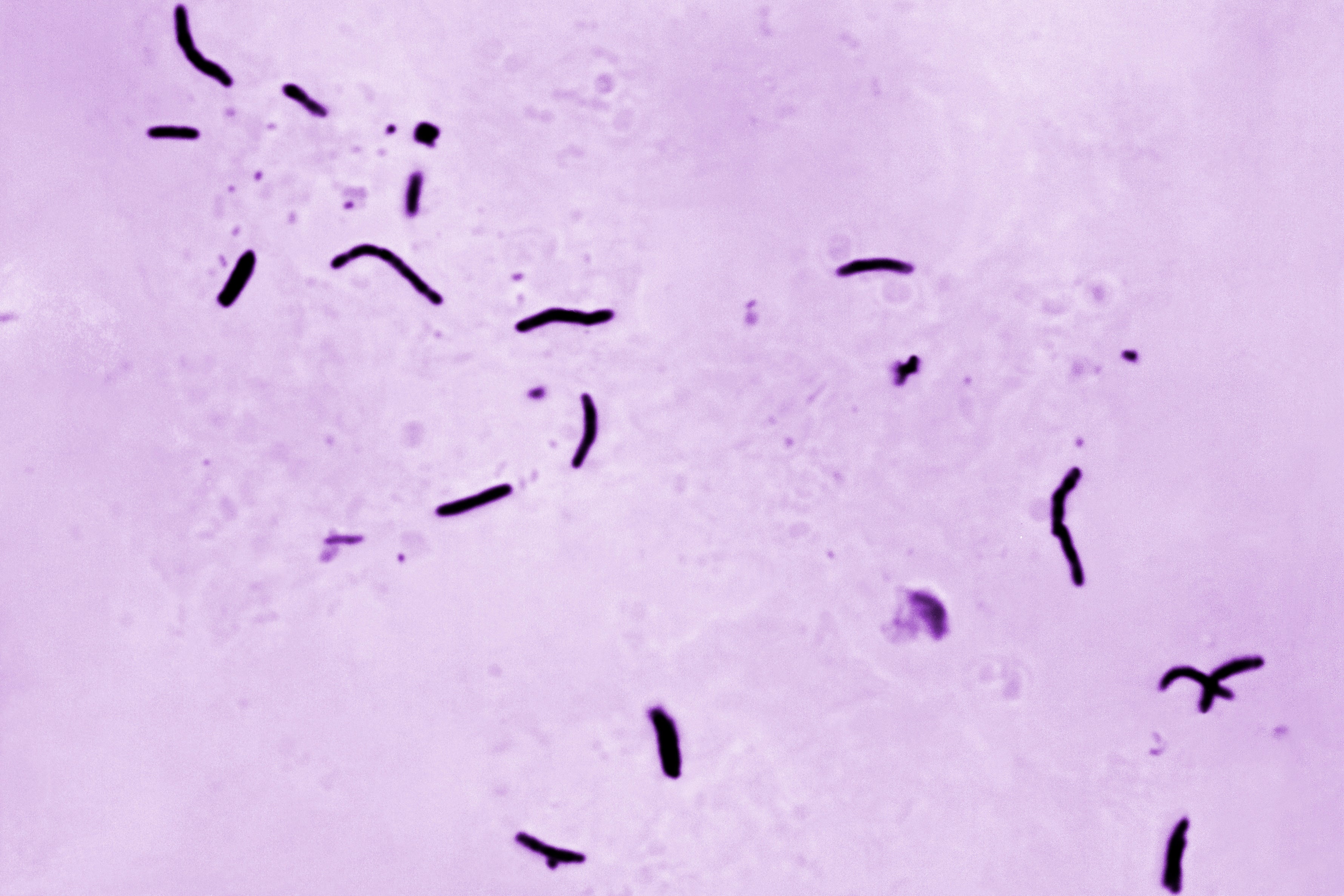Cases of tuberculosis are on the rise for the first time in decades amid one of the worst outbreaks of the world’s deadliest infectious disease in the nation’s history.
Over the course of the last week, Durham’s Duke University Hospital has seen fewer than 10 cases. But that’s still higher than normal, according to infectious disease scientist Dr. Nicholas Turner.
“We absolutely have had a handful of cases in our area,” Turner told WRAL News. “The numbers we have seen are a bit high for January alone.”

Last year, the state saw 250 active tuberculosis cases, and 215 were reported in 2023. That marks an increase from 164 cases recorded during the previous year.
The last time the numbers were that high was in the 1980s, the station noted.
The North Carolina Department of Health told The Independent that there have been five new cases of active tuberculosis this year.
“This is the greatest number of tuberculosis cases reported in North Carolina since 2010,” it said.
“We are on pace for two consecutive years of increases in our tuberculosis after 30 years of decline,” Turner told WRAL, noting that the Covid pandemic likely impacted rates because people were not able to access preventative care.
Concerns in North Carolina follow a shocking outbreak in Kansas, where 67 cases were reported and two people died.
The state’s health authorities said that the Centers for Disease Control and Prevention was providing on-site assistance to affected communities, the Topeka Capital-Journal reported. It’s unclear if that work has been affected by the Trump administration transition.
Nationally, tuberculosis cases and incidence rates increased for a third consecutive year in 2023. That year the U.S. reported more than 9,600 disease cases. The World Health Organization said that tuberculosis had “probably returned to being the world’s leading cause of death from a single infectious agent.” Before the pandemic, U.S. rates and cases had been steadily declining since 1992.
The disease is caused by germs that area spread from person to person through the air, usually affecting the lungs, brain, or spine. While not everyone with tuberculosis becomes sick, symptoms include a weeks-long cough, coughing up blood, weight loss, fever, chills, night sweats, and chest pain, among others.

Tuberculosis is treatable through different medicines. There are also treatment plans for tuberculosis that is resistant to drugs.
In the U.S., where testing and treatments are largely available, it may come as a bit of a surprise, then, that a new case was confirmed at a West Michigan school last week. Figures also show that rates inched up in Alaska over the past year.
“At some point, when you have a small community, everybody becomes a contact in some way,” Chanda Hesson, an Alaska Department of Health nurse consultant who is part of the state’s tuberculosis team, told the Alaska Beacon.



